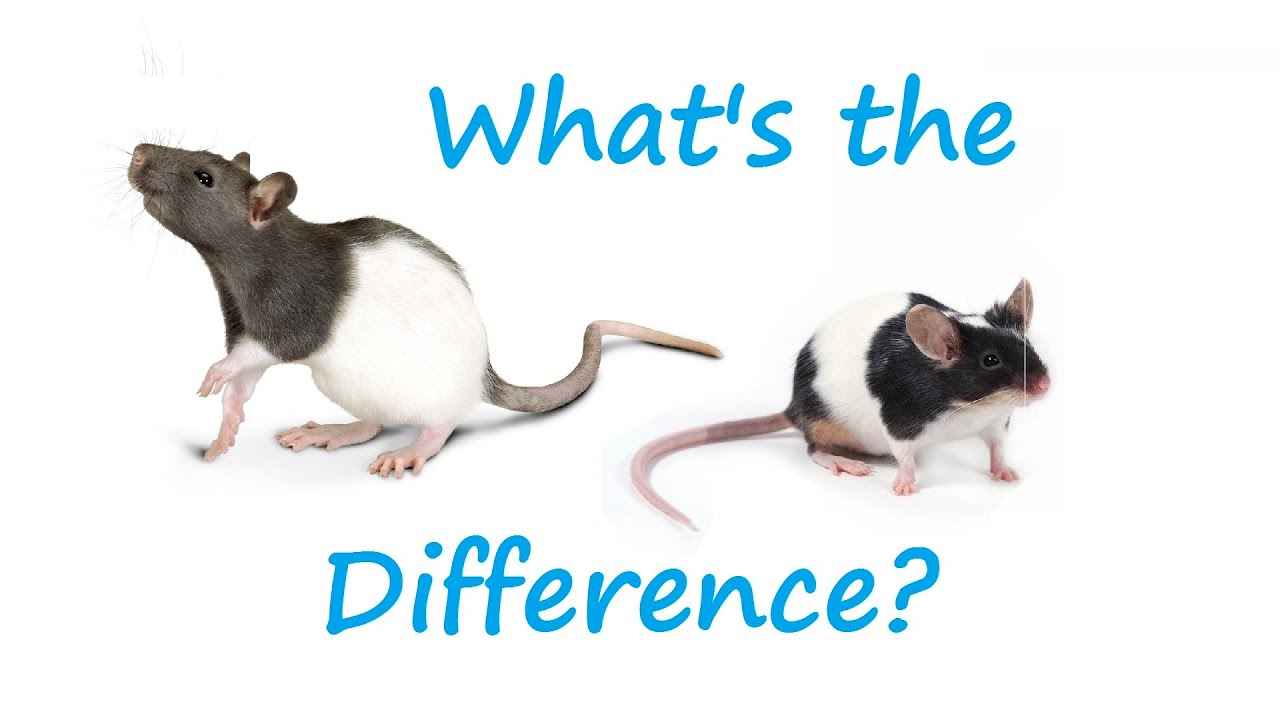Often times, people bunch rats and mice into one category but there are some key things that make them different.
Pet Rat vs Pet Mice
- Genetic differences – Norway rats have 22 chromosome pairs while mice have 20. Rats have 2.75 million base pairs while mice have 2.6 million. (Rat Genome Sequencing Consortium 2004)
- Growths differences – Rats develop more slowly than house mice. Rats take 6 days to open their eyes (sometimes even longer) and have fur at 10 days old while mice open their eyes at 3 days old and have fur at 10 days.
- Anatomical Differences – Rats have 6 pairs of nipples and mice only have 5.
- Morphological differences – Rats are longer, heavier and larger than house mice.
- Fecal Differences – Rats have larger feces than mice.
READ MORE: Pet Rat vs Pet Hamster
However, lets discuss similarities and differences as far as a rat or mice being owned as a pet. Here is a general list to give you an idea.

- Mice are nocturnal and very social. They are most suitable for someone that wants to be with them during the evening and night. Pet rats are more willing to adapt to your schedule. Pet rats are often thought to be nocturnal but it’s actually not so. Wild rats are nocturnal because they are trying to avoid predators.
- Average lifespan of a rat is 2.5 to 3 years. Average lifespan of a mouse is 1.5 to 3 years.
- Gestation period of a rat is 21-23 days. Pet mice have a gestation period of 19-21 days.
- Similar to rats, they require at minimum 2 square feet per animal. They both will appreciate multiple levels and room to climb. Mice owners should be more concerned with wire spacing on wire cages since mice can be the size of the baby rats.
- Similar to rats, they eat lab blocks and should be kept on a low protein diet. Ideally for rats and mice, you want to keep them at highest at 15% protein. High protein levels can have negative effects on their bodies.
- Personal observation – not all rats will appreciate an exercise wheel. My two rats don’t. However, I find that most mice will appreciate an exercise wheel to keep them busy.
ALSO SEE: Cheap Pet Rat Supplies List
While they are similar in care, you also see that they are very physically different as far as genetic and anatomical growth.




Leave a Reply
You must be logged in to post a comment.